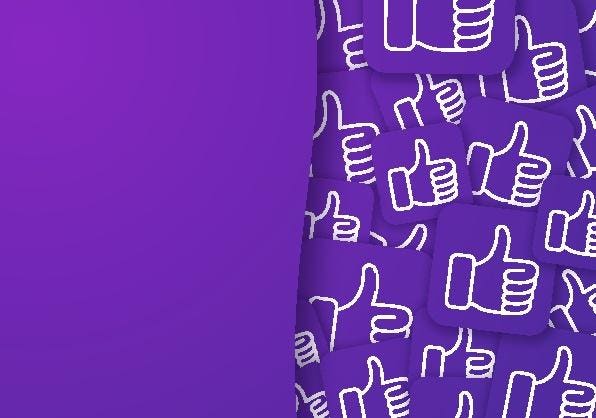Few people want empty posts with no likes. Getting zero engagement hurts, especially when you spent hours creating your LinkedIn content. Seeing someone else’s mediocre update get hundreds of reactions makes you question everything. Your ego takes a hit. Your motivation drops. You wonder if there’s a secret you don’t know about.
Behind all those viral LinkedIn posts with thousands of likes, there’s often a hidden system at work. Groups of people boosting each other’s content, trading likes for likes, comments for comments, forming alliances to game the algorithm. Most influential users are in one, whether they admit it or not.
The platform says it’s against the rules, but gaming the system serves everyone’s interests. Does artificially inflating engagement help or hurt your account? The numbers tell an interesting story.
LinkedIn engagement pods: the system everyone games but no one admits
A natural social process
You write a LinkedIn post you’re proud of. You message three friends to check it out. They like and comment because they want to support you. More people see activity and join the discussion. You return the favour when your friends post. The cycle continues.
Engagement groups take this natural behaviour and speed it up. Twenty people pledge to like each other’s posts within thirty minutes. Or fifty people share posts in a WhatsApp group to get instant engagement. Or a hundred people use software that auto-likes everything shared by group members.
Play Puzzles & Games on Forbes
The pod problem
An engagement pod goes against LinkedIn’s rules but serves LinkedIn’s mission. More people spend time on the platform when content gets engagement. An hour after you post, that notification pops up. Someone liked what you wrote. You log back in. You’re hooked for another day.
LinkedIn probably won’t delete your account for being in a pod. They might limit your reach or stop showing your posts to others. But what stops them is knowing pods create the exact activity they want. Better engagement means better retention, then better ad revenue and more premium subscriptions.
The addiction cycle
Send a post link to twenty trusted connections. Watch the likes roll in. Feel the buzz of recognition. Return the favor when they post next. Message another link tomorrow and start again. This grows your reach and followers and soon, your business. Your brain releases dopamine and the cycle continues.
Get used to instant engagement and the genuine results feel harder to achieve. Hours pass and no one has noticed your words. You message more people. You join more groups. You need the likes to feel successful but the system stops working like before.
The hard numbers
Posts shared in pods see dramatic growth. From 200 impressions to over 500 within hours. One automated pod post jumped from 2 likes to 54, zero comments to 24, all within two hours. The boost looks impressive on paper and the algorithm is triggered to show your content more widely.
But manual pods steal your time. Expect hours each day engaging with 50-100 posts from other members. Skip the work with automated pods but watch engagement quality tank. LinkedIn’s algorithm gets smarter at spotting artificial activity. Shadow bans and spam flags await those who push too far.
The unspoken truth
Many of the big players are in on this hack but few admit it. Look at a viral post and note who engaged first. The same names crop up time and time again. Search Twitter for “LinkedIn engagement groups” and notice thousands of people looking to join. Message anyone with a decent following and they’ll probably invite you to their private channel.
Behind the scenes, LinkedIn is a giant game that the people doing well are playing. Even those who publicly hate on pods take part in some form. The truth is, getting likes feels good and it helps grow your profile. Most will do what it takes to avoid posts going to waste. Moral arguments against pods fall flat in a system designed to reward engagement at any cost.
The personal choice
Joining an engagement pod boosts your posts. Quick likes within the first hour send signals to LinkedIn that your content deserves attention. More people might see your work. You might gain followers faster. You could look more credible than you are.
But engagement pods come with risks. Get caught and lose post visibility. Waste hours supporting others. Create mediocre content because you know twenty people will engage regardless. Miss out on learning what actually works. Develop an unhealthy relationship with social media validation.
Build real engagement on LinkedIn: what actually matters
LinkedIn engagement pods exist because the platform rewards quick engagement. Some use them to kickstart growth, others swear they’d never take part. Most fall somewhere between sharing with friends and running engagement software.
Whatever you choose, know that real value beats gaming any day. Focus on solving problems and serving your audience. Learn what moves them to action without needing to ask. Build genuine connections through remarkable work, then let the likes come naturally.
Read the full article here

